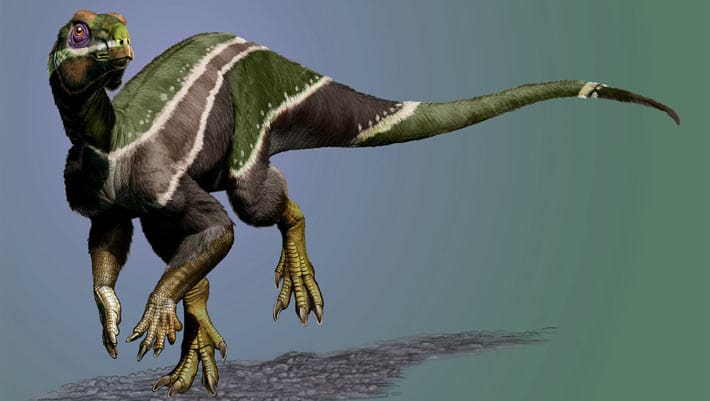Paleontologists have identified a species of medium-sized iguanodontian ornithopod dinosaur from two specimens found in northwestern Patagonia, Argentina.

Support authors and subscribe to content
This is premium stuff. Subscribe to read the entire article.
Login if you have purchased
